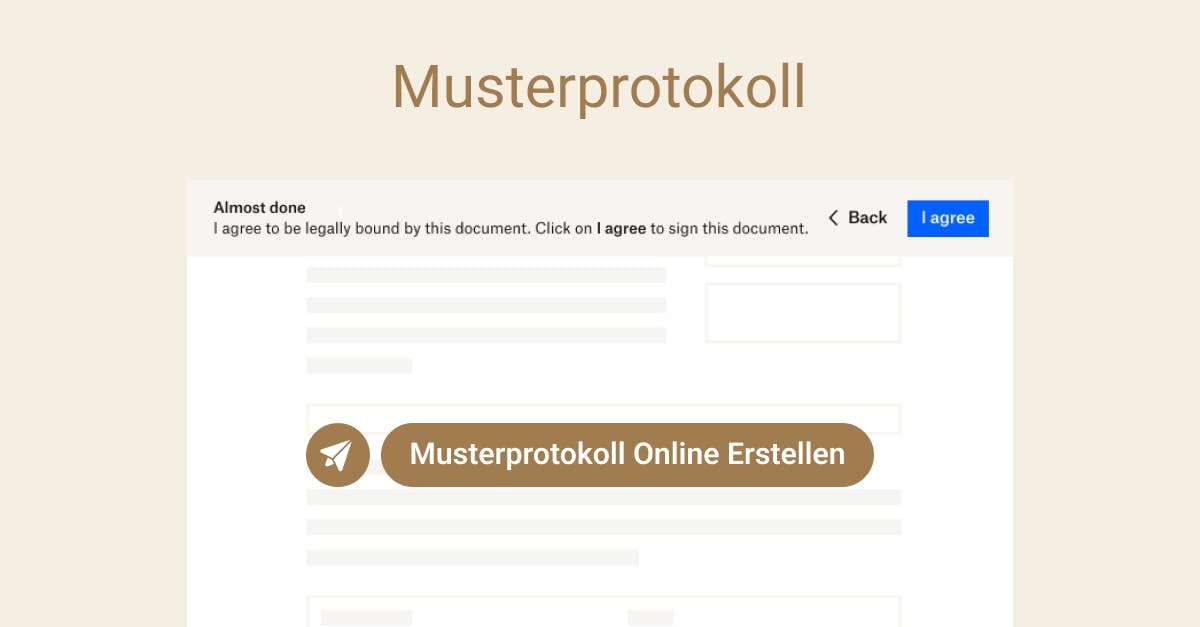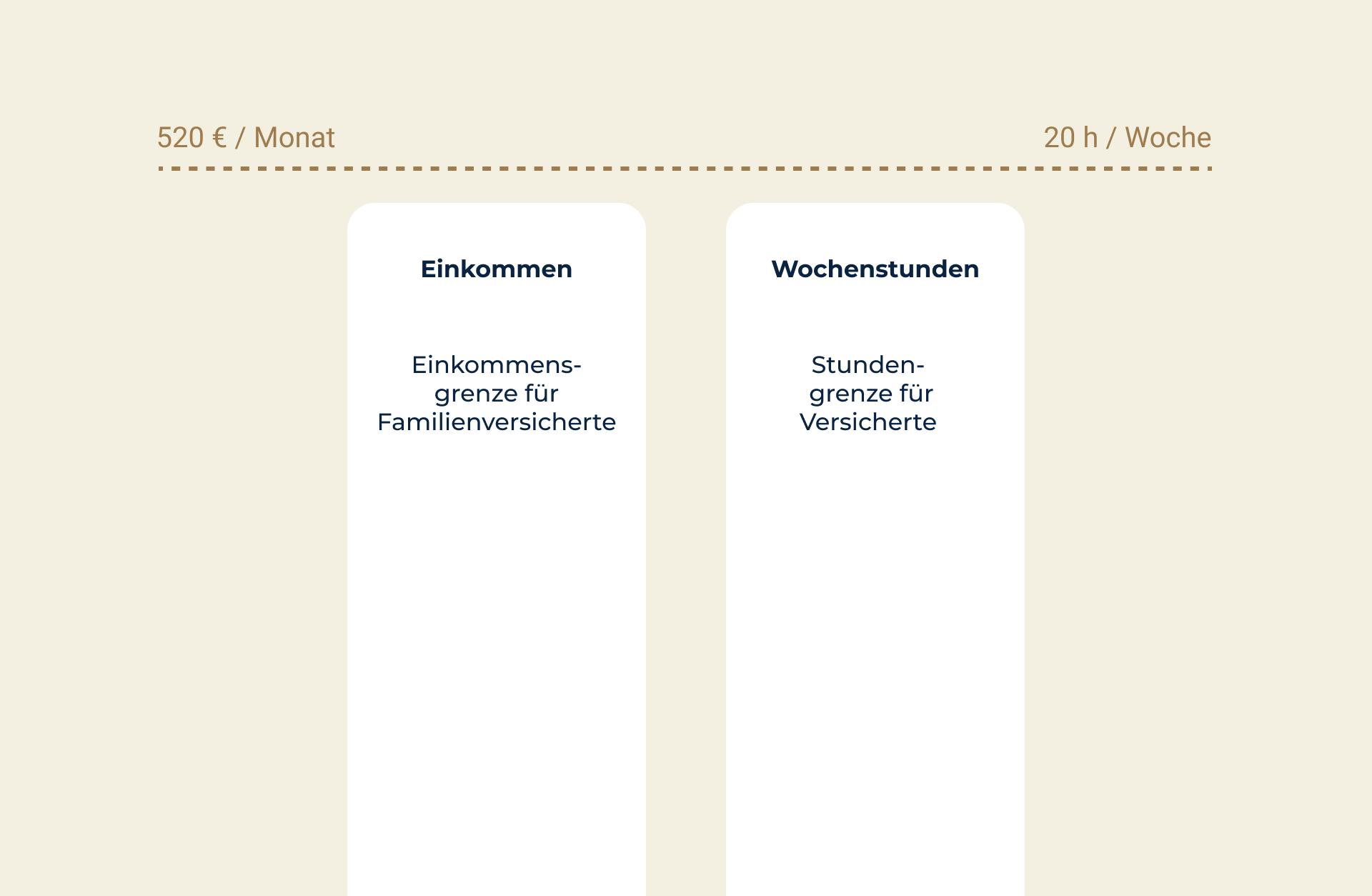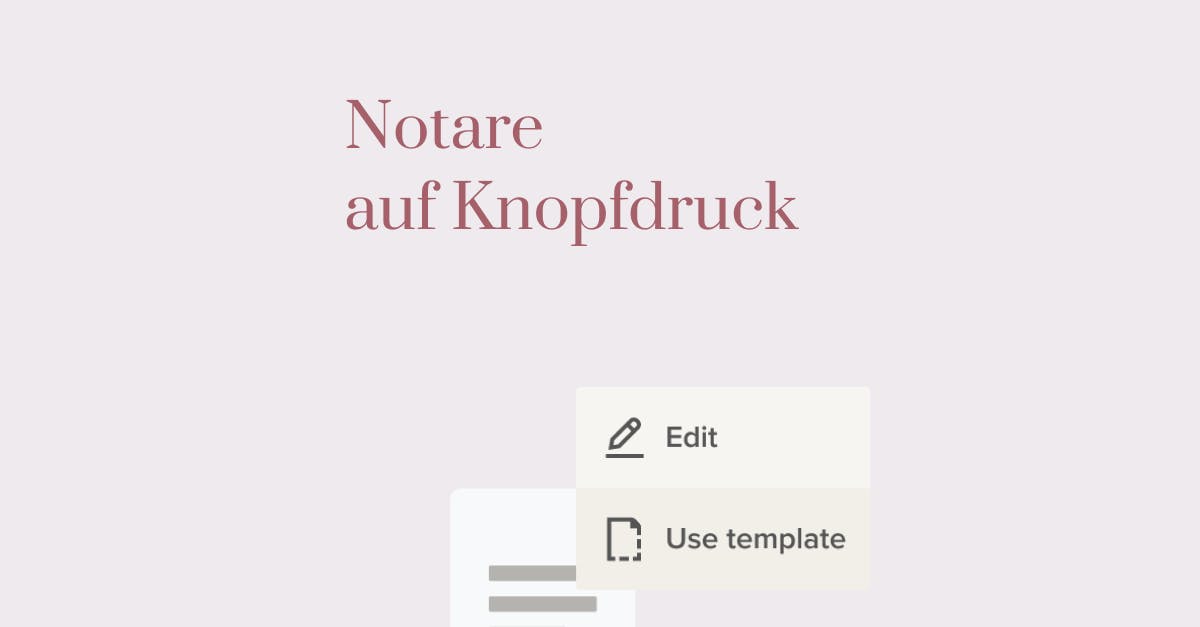In this article, we will look at why sample protocols are so important when founding a company, what requirements must be met, and how to create a sample protocol that perfectly suits your company. Let’s work together to ensure that your company stands on solid foundations and is successful from the very beginning.
What is a Sample Protocol?
A sample protocol is a written record of the decisions and resolutions made during a founding meeting. It serves as proof of the company's establishment and the resolutions passed, making it a crucial part of the founding process.
According to § 7 of the Limited Liability Company Law (GmbHG), when founding a GmbH (limited liability company), it is mandatory to draft a founding protocol, which must include the articles of incorporation, the names and addresses of the shareholders, and the amount of the subscribed share capital. Similar provisions are also found in the Stock Corporation Act (AktG) for the establishment of an AG (stock corporation).
Therefore, a sample protocol is essential to ensure the legality of the company's formation and to maintain the transparency and traceability of decisions made.
What are the prerequisites for founding with a sample protocol?
Founding a company with a sample protocol requires fulfilling several prerequisites to ensure that the incorporation is conducted legally and properly. Some key points include:
- Compliance with legal requirements: It is important to read and understand the specific requirements of the Limited Liability Company Law (GmbHG) or Stock Corporation Act (AktG). According to § 7 of the GmbHG, a founding protocol must be prepared, including the articles of incorporation, the names and addresses of the shareholders, and the amount of the subscribed share capital. Similar provisions are found in the AktG for the founding of an AG.
- Written form: The sample protocol must be in written form and signed by all founders, and if required, by a notary. According to § 7 of the GmbHG, the founding protocol must be prepared in writing and signed by all founders.
- Retention: The sample protocol must be properly retained so that it can be accessed at any time. According to § 8 of the GmbHG, the founding protocol must be stored at the company registered with the commercial register and can be reviewed at any time.
- Meeting the requirements of the tax office and the chamber of commerce: Founders must submit all necessary documents to successfully complete the incorporation. This includes registering with the tax office and entering the company into the commercial register. Additionally, registration in the commercial register can now be completed entirely digitally through platforms like beglaubigt.de.It is important to note that all these prerequisites must be fulfilled to ensure the incorporation is conducted legally and properly. A sample protocol is a key component of the founding process and serves as proof of the company's establishment and the resolutions passed. To ensure that the incorporation proceeds smoothly and the company is built on solid foundations, it is essential to follow the legal requirements, tax office, and chamber of commerce guidelines carefully and take the necessary steps.
Contents of the Sample Protocol
A sample protocol is a written record of the decisions and resolutions made during a founding meeting and serves as proof of the company's establishment and the resolutions passed. The following contents are typically included in a sample protocol:
- Company details: This section lists the key information about the company, such as the company name, legal form, address, and planned business activity.
- Names and addresses of the founders: This section includes the names and addresses of all founders, along with details about the amount of their respective contributions.
- Amount of share capital: This specifies the amount of subscribed share capital required for the company’s formation.
- Resolutions of the founding meeting: This section outlines the key decisions made during the founding meeting, such as the election of the board of directors, the election of the supervisory board, the appointment of the first managing director, and the approval of the founding protocol.
- Signatures of the founders: This section contains the signatures of all the founders to confirm the authenticity and legal validity of the sample protocol.
- Notary details: If necessary, this section includes information about the notary who notarized the sample protocol.
- Registration with the commercial register: This section includes details of the application for registration with the commercial register, documenting the company's entry into the register.
It is important to note that the contents of a sample protocol may vary depending on the legal form of the company and the specific legal requirements.

Limitations Compared to Articles of Association
Articles of association are a vital component of a company, setting out the rules and procedures by which the company will be governed. A sample protocol (Musterprotokoll), on the other hand, is typically used during the founding of a company and documents the key decisions and resolutions made during the founding meeting. However, there are some important limitations to a sample protocol compared to articles of association.
One of the main limitations of a sample protocol is that it only applies to the founding of the company and does not provide permanent governance for the company. Articles of association, in contrast, establish the long-term rules and procedures for managing the company, such as the composition of the board, the conduct of general meetings, and the distribution of profits. A sample protocol only contains the decisions made during the founding meeting, such as the amount of share capital and the names of the founders.
Another disadvantage of a sample protocol is that it is created once and cannot be easily amended. Articles of association, however, can be amended at any time, as long as the changes comply with legal requirements and are approved by the shareholders.
Additionally, a sample protocol does not hold the same legal validity as articles of association and does not serve as proof of the legality of the company's ongoing governance.
It is important to note that while a sample protocol is a key part of the founding process, articles of association establish the company's permanent governance framework. Therefore, it is advisable to draft articles of association after the founding of the company to ensure the long-term regulation of the company's operations.
Sample Protocol vs. Partnership Agreement
A sample protocol and a partnership agreement are both important documents in the formation and governance of a company, but they serve different purposes and contain different information.
A sample protocol is a written record of the decisions and resolutions made during a founding meeting. It serves as proof of the company's establishment and the decisions made during that meeting, including information about the company, names and addresses of the founders, the amount of share capital, resolutions of the founding meeting, signatures of the founders, and details of the notary. However, a sample protocol is only valid for the company's formation and does not regulate the company’s long-term operations.
A partnership agreement, in contrast, sets out the long-term rules and procedures for governing the company. It includes provisions for managing the company, profit distribution, division of responsibilities, decision-making processes, and representation of the company. The partnership agreement is a critical document for regulating the company after its formation and remains in force for the duration of the company's existence. It can be amended at any time as long as the changes comply with legal requirements and are approved by the shareholders.
Another key difference between a sample protocol and a partnership agreement is that the sample protocol is typically drafted at the time of the company’s formation, whereas the partnership agreement is often created after the formation. Additionally, the sample protocol generally holds less legal validity than a partnership agreement.
In summary, a sample protocol is an important part of the founding process, documenting the decisions and resolutions of the founding meeting, while a partnership agreement sets the permanent rules and procedures for the company’s operations and ensures the company's regulation after its formation. Both documents are essential for a successful company formation and governance.
Process of Founding a Company with a Sample Protocol
- Creation of a Business Plan: Before starting the process of founding a company, it is essential to develop a business plan that outlines the company's goals, strategies, risks, and financial plans.
- Choosing the Legal Structure: It is important to select the appropriate legal structure that best fits the company’s goals and requirements.
- Preparation of the Sample Protocol: Once the legal structure is chosen, the sample protocol can be drafted. This document records the decisions and resolutions made during the founding meeting.
- Conducting the Founding Meeting: After the sample protocol is prepared, the founding meeting takes place. During this meeting, key decisions are made, such as the election of the board of directors and the determination of share capital.
- Notarization of the Sample Protocol: The sample protocol must be notarized to verify its authenticity and legal validity.
- Submission of Required Documents: After the notarization of the sample protocol, the necessary documents must be submitted, including the registration with the tax office and the entry into the commercial register.
- Creation of the Articles of Association: Once the company is successfully founded, it is important to create articles of association that set out the permanent rules and procedures for the company's governance.
- Start of Business Operations: After successful incorporation and registration in the commercial register, the business operations can begin.
Costs of Founding with a Sample Protocol
The costs for founding a company with a sample protocol can vary depending on the provider and individual circumstances. One of the major cost items is the preparation of the sample protocol itself, which may involve fees from a lawyer or notary. Another significant cost is the registration in the commercial register, which can vary by federal state in Germany. Additionally, fees may be incurred for notarizing the sample protocol.
Typically, costs range between approximately 180 euros for one shareholder and around 250 euros for two or three shareholders.
The creation of documents such as partnership agreements or membership declarations can also lead to additional costs. Another cost factor could be the rental of a business address or registering with a provider for a virtual business address. It is important to be aware of potential costs in advance in order to prepare for realistic budgeting.
Under which conditions is the formation with a sample protocol possible?
The formation of a company using a sample protocol is possible under certain conditions. Some of these conditions include:
- Type of company: A sample protocol can only be used for specific types of companies, such as a limited liability entrepreneurial company (UG) like a real estate UG, and the GmbH.
- Number of shareholders: A sample protocol can only be used for companies with a limited number of shareholders, typically not more than ten.
- Amount of share capital: A sample protocol can only be used for companies with limited share capital, usually not exceeding 25,000 euros.
- Registration with the commercial register: To form a company using a sample protocol, it is required that the company is registered with the commercial register.
- Compliance with legal requirements: The sample protocol must comply with legal requirements and include specific information, such as under § 7 GmbHG, details like the company name, its registered office, the business purpose, the amount of share capital, and whether the company is a limited partnership (KG) or a stock corporation (AG).
Advantages and Disadvantages of the Sample Protocol
A sample protocol is an important part of the company formation process, but it has both advantages and disadvantages.
Advantages:
- Simplified formation process: A sample protocol simplifies the formation process by documenting the key decisions and resolutions made during the founding meeting, serving as proof of the company’s establishment.
- Time-saving: A sample protocol can be created more quickly than articles of association since it only includes the decisions and resolutions from the founding meeting.
- Cost efficiency: A sample protocol is generally more cost-effective than articles of association since it only needs to be created once and does not require ongoing updates.
Disadvantages:
- Limited validity: A sample protocol typically has limited validity, as it is only valid for the formation of the company and does not provide ongoing regulation for the company.
- Lack of detailed regulations: A sample protocol generally does not contain the detailed rules and procedures that would be included in a partnership agreement.
- Lack of flexibility: A sample protocol is less flexible than articles of association, as it can only be created once and does not allow for amendments.
- Limitations compared to articles of association: A sample protocol may not fully meet all legal requirements and regulations, leading to limitations compared to more comprehensive articles of association.
When to Recommend a Sample Protocol to Founders
A sample protocol can be recommended to founders when the following conditions are met:
- Simple legal structure: If the founders are setting up a simple legal structure, such as a partnership (GbR) or a general partnership (OHG), a sample protocol is a good option since it simplifies and reduces the costs of the formation process.
- No need for detailed regulations: If the founders do not require detailed rules for governance, profit distribution, or representation of the company, a sample protocol is an appropriate choice.
- Limited financial resources: If the founders have limited financial resources, a sample protocol is a cost-effective option, as it is usually cheaper than drafting comprehensive articles of association.
- No complex regulations: If the founders are establishing a company with straightforward rules and a limited number of shareholders, a sample protocol is a practical choice. It is sufficient to document the formation and cover essential resolutions.
- Time constraints: If the founders are under time pressure and need to form a company quickly, a sample protocol is a good choice since it can be prepared faster than a detailed set of articles of association.
However, it’s important to note that a sample protocol is not always the best choice, and in some cases, it may be more beneficial to create detailed articles of association to ensure the long-term regulation of the company.
Alternative to the Sample Protocol: Articles of Association
An alternative to the sample protocol is a detailed articles of association. The articles of association are a comprehensive set of rules for the organization and operation of a company. Unlike a sample protocol, which is only valid for the company's formation, the articles of association regulate the permanent organization and functioning of the company. Articles of association must meet legal requirements and include specific information, such as according to § 7 GmbHG, the company name, its registered office, the business purpose, the amount of share capital, and whether the company is a limited partnership (KG) or a stock corporation (AG).
Compared to a sample protocol, detailed articles of association provide more flexibility and allow founders to create more comprehensive regulations for the company. For example, articles of association can include rules for company management, holding meetings, decision-making processes, and shareholder liability. Articles of association can also be amended later to adapt to changing conditions. However, it is important to note that drafting articles of association is typically more time-consuming and costly than creating a sample protocol.
What Does a Sample Protocol Look Like? Our Template for a Sample Protocol
Final FAQ on the Sample Protocol for UG and GmbH
- What is the difference between a sample protocol for a UG and a GmbH?
A sample protocol for a UG (Entrepreneurial Company) is an important part of the formation process of a UG, while a sample protocol for a GmbH (Limited Liability Company) is a key part of the GmbH formation process. The primary difference between these two types of companies lies in the liability of the shareholders. In a UG, each shareholder is personally liable with their private assets, while the liability of shareholders in a GmbH is limited to their capital contribution.
- Can a sample protocol be changed or expanded at a later date?
A sample protocol generally cannot be changed or expanded later because it is only valid for the company's formation and not for its long-term regulation. In certain cases, however, it may be necessary to replace a sample protocol with comprehensive articles of association to ensure the permanent regulation of the company. In this case, a new set of articles must be drafted and approved by the shareholders. It is advisable to consult a lawyer or notary before making any changes or amendments to the sample protocol to ensure compliance with legal requirements and avoid complications in the company's formation.
- Is it necessary for a notary to be involved in creating a sample protocol?
While it is not strictly necessary for a notary to be involved in creating a sample protocol, it is recommended to consult a notary to ensure that the sample protocol complies with legal requirements and includes all necessary information. A notary can also help officially notarize the protocol and document the company's formation.
- When is it advisable to use a sample protocol instead of detailed articles of association?
A sample protocol can be a good option when founders are looking to establish a simple company structure, do not require extensive regulations, and have limited financial resources. It is also advisable if the founders are under time pressure and need to quickly form a company. However, it is important to note that a sample protocol is not always the best choice, and in some cases, it may be more prudent to draft detailed articles of association to ensure the company's long-term governance. Founders should carefully weigh whether a sample protocol is the best choice for their specific needs.
- What happens if a sample protocol violates applicable laws?
What happens if a sample protocol violates applicable laws?
If a sample protocol violates applicable laws, this can impact the legality and recognition of the company's formation. It could result in the company not being legally established and not being recognized as a legal entity. If a sample protocol is found to be in violation of the law, it is recommended to amend or replace it as quickly as possible to avoid legal issues. If problems have already arisen, the founders should promptly contact a lawyer to discuss the next steps.





